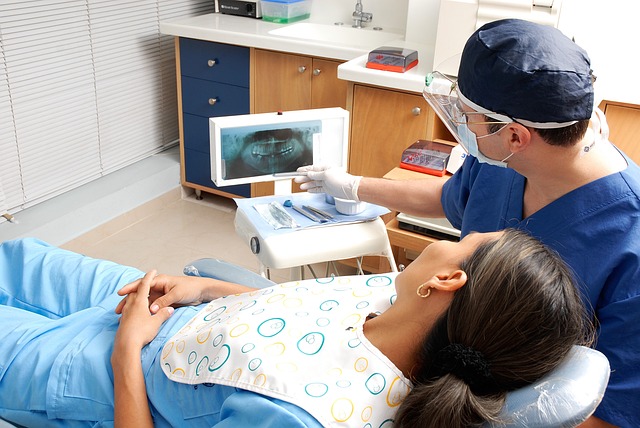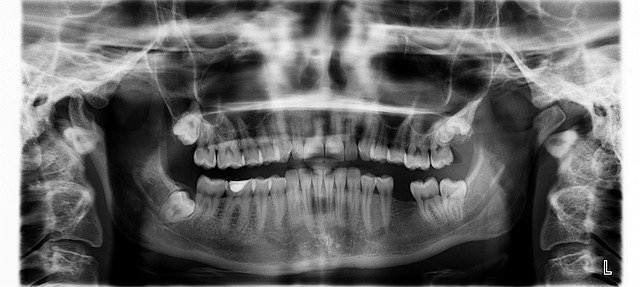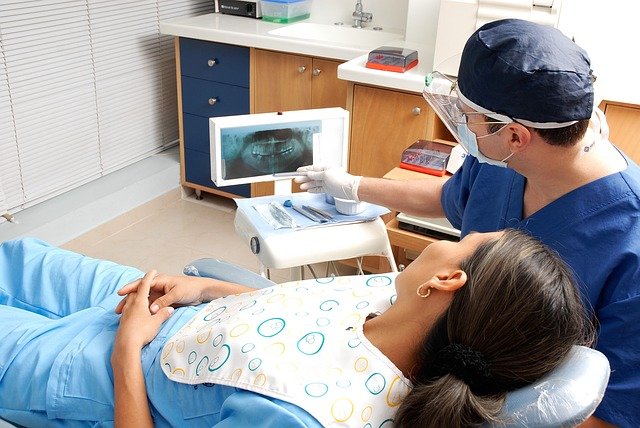Screwless Dental Implants: A Modern Approach to Restoration
Dental restoration technology continues to evolve, and screwless dental implants represent one of the most innovative advances in modern dentistry. These revolutionary implants offer a less invasive alternative to traditional screw-retained implants, providing patients with improved comfort, aesthetics, and long-term stability. This comprehensive guide explores how screwless implants are transforming dental restoration procedures.

What Are Screwless Dental Implants?
Screwless dental implants are innovative dental prosthetics that use a unique locking mechanism instead of traditional screws to secure artificial teeth. These implants utilize advanced friction-fit or snap-in technology to hold the crown or bridge in place. The system consists of two main components: a titanium post that integrates with the jawbone and a specially designed abutment that connects to the prosthetic tooth without screws.
How Do Screwless Dental Implants Work?
The installation process begins with the placement of a titanium implant post into the jawbone, similar to traditional implants. However, the key difference lies in the connection mechanism. Once osseointegration occurs (typically 3-6 months), a specially designed abutment is attached to the implant. The prosthetic tooth then connects to this abutment using innovative friction-fit technology, eliminating the need for screws and access holes.
What Are the Key Advantages of Screwless Systems?
Screwless dental implants offer several significant benefits:
-
Enhanced aesthetics due to the absence of visible screw access holes
-
Improved structural integrity of the prosthetic tooth
-
Reduced risk of mechanical complications
-
Easier maintenance and cleaning
-
Better preservation of the crown material
-
Simplified restoration procedures
Are There Any Limitations to Consider?
While screwless implants offer numerous advantages, they may not be suitable for everyone. Considerations include:
-
Initial cost may be higher than traditional implants
-
Not all dental practices offer this technology
-
May require specific expertise for installation
-
Limited options for adjustment after placement
What Should Patients Expect During Treatment?
The treatment process typically involves:
-
Initial consultation and treatment planning
-
Implant placement surgery
-
Healing period for osseointegration
-
Abutment attachment
-
Final prosthetic placement
What Are the Costs and Available Options?
Screwless dental implant costs vary based on several factors, including location, practitioner expertise, and specific system used.
| Implant System | Average Cost Range (£) | Key Features |
|---|---|---|
| Nobel Active | 2,000 - 3,000 | Conical connection, high stability |
| Straumann BLX | 2,500 - 3,500 | Friction-fit technology |
| Dentsply Ankylos | 2,200 - 3,200 | TissueCare connection |
| Astra Tech EV | 2,300 - 3,300 | OsseoSpeed surface |
Prices, rates, or cost estimates mentioned in this article are based on the latest available information but may change over time. Independent research is advised before making financial decisions.
This article is for informational purposes only and should not be considered medical advice. Please consult a qualified healthcare professional for personalized guidance and treatment.




